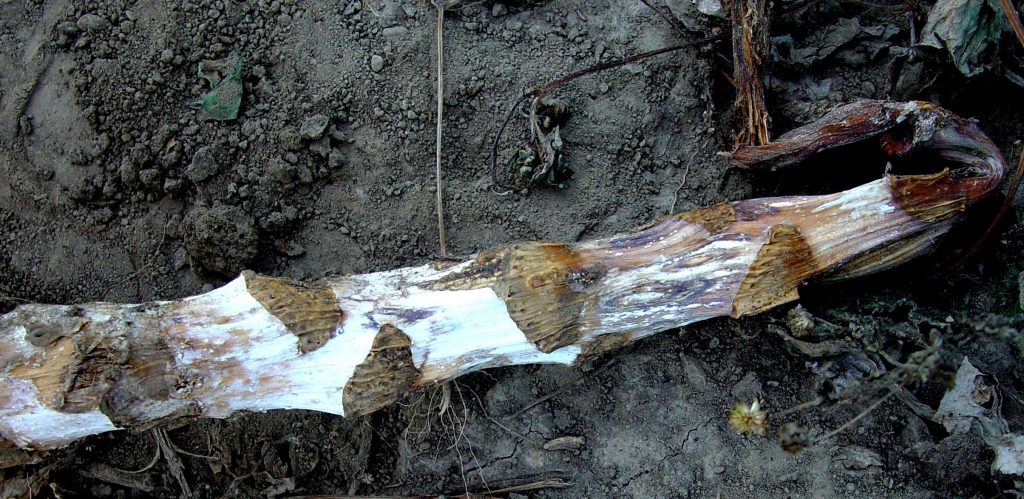Credits:Biovision-Infonet

(c) A. M. Varela, icipe
Sclerotinia sclerotiorum is a fungus which can survive on infected tissues, in the soil, and on living plants. It causes white mold on cabbage, soybeans, green beans, sunflowers, canola, and peanuts. S. sclerotiorum affects young seedlings, mature plants, and fruit in the field or in storage. Cottony rot begins as tan, water-soaked, circular areas, which become covered by white, cottony fungal growth. As the disease progresses, the host tissue becomes soft and watery. The fungus eventually colonizes the entire cabbage head and produces large, black, seed like structures called sclerotia on the diseased tissue. Plants with root infection often wilt and die prematurely.
What to do:
- Plant cabbage in well-drained soil
- Rows should be planted in the direction of the prevailing winds to enhance aeration. Also plant cabbages in wider rows
- Practice crop rotation for at least 3 years with cereal crops such as maize
- Soil mulching with transparent polyethylene film can raise soil temperatures
- Soil amended with chicken manure